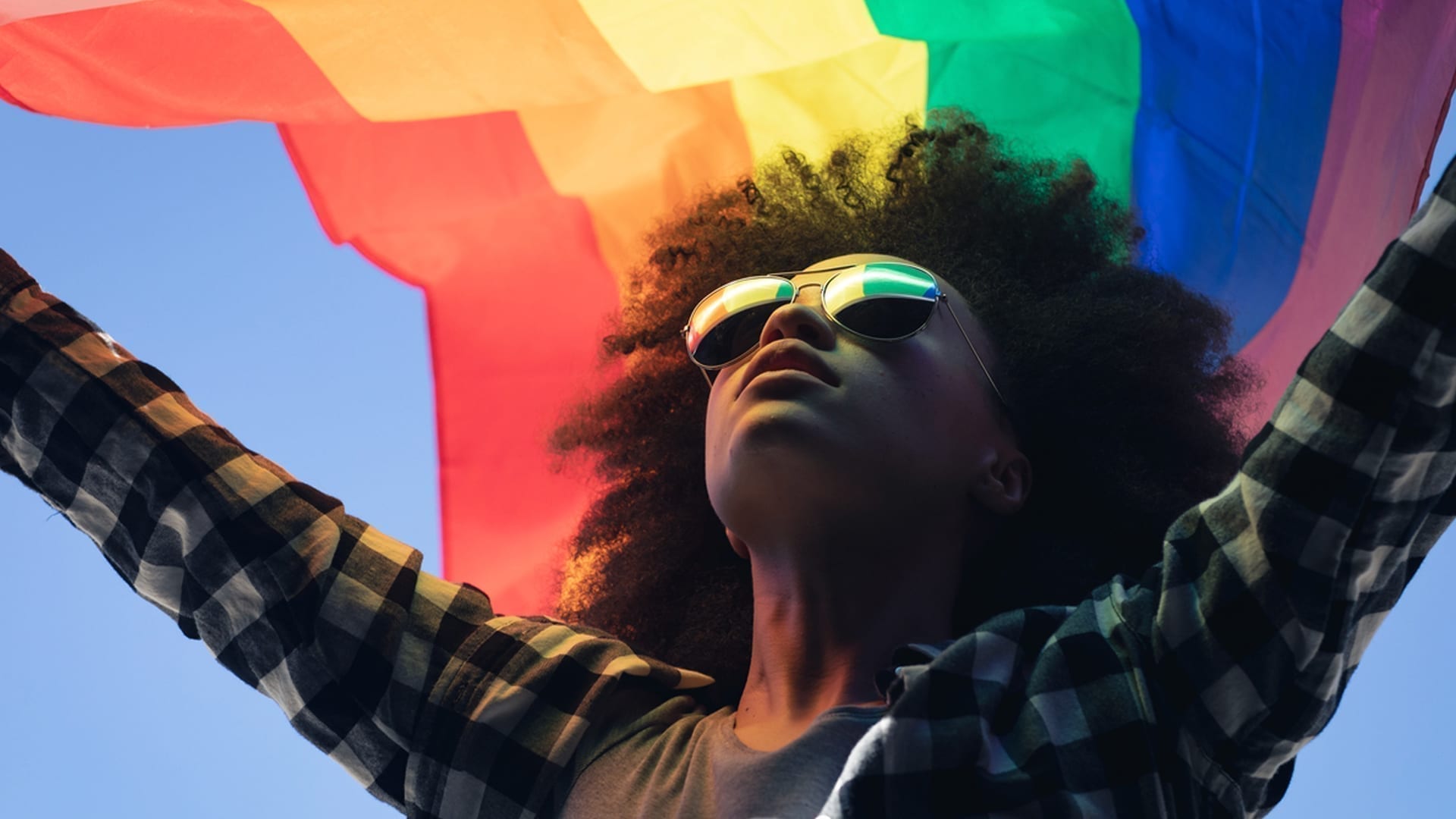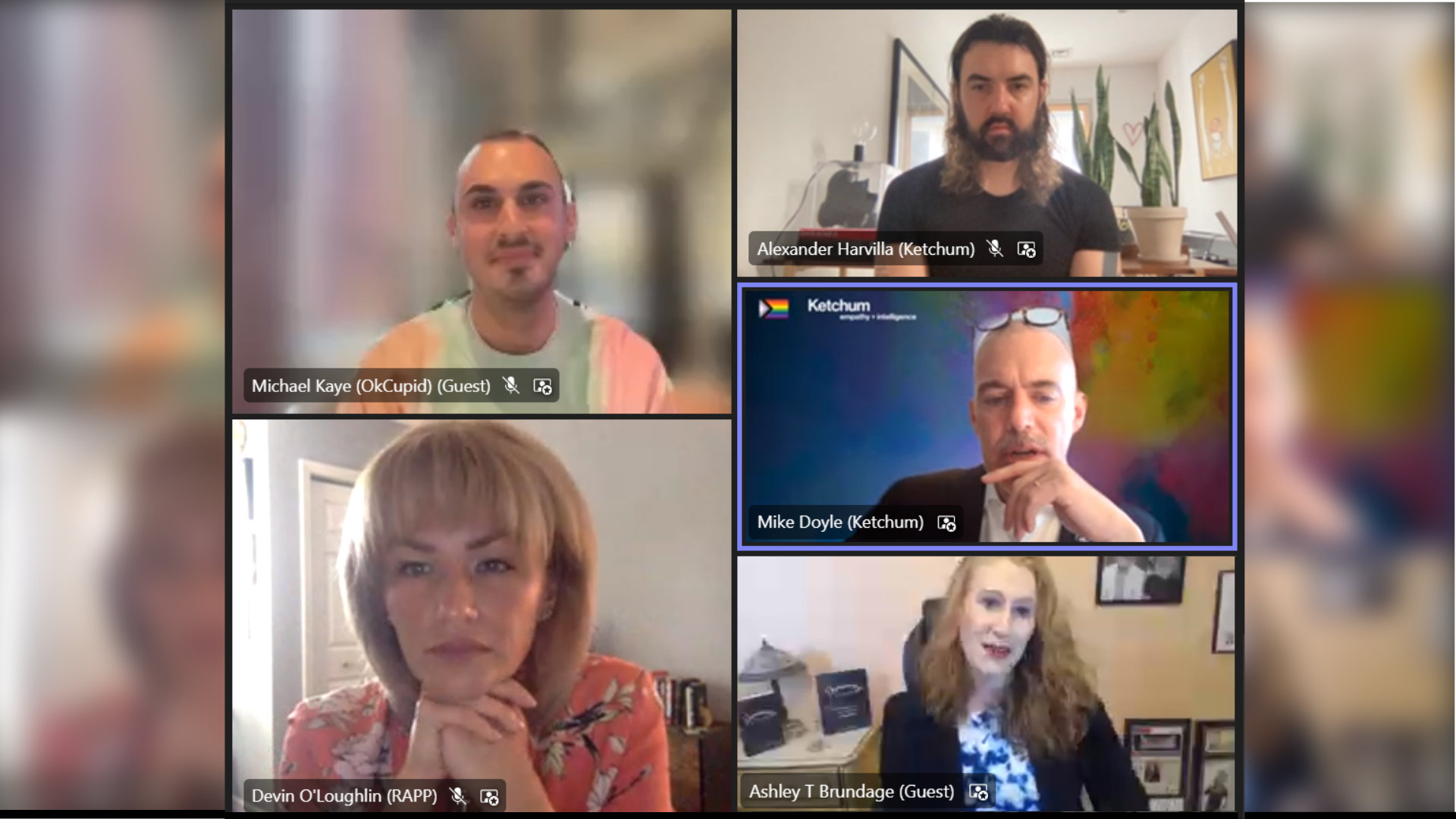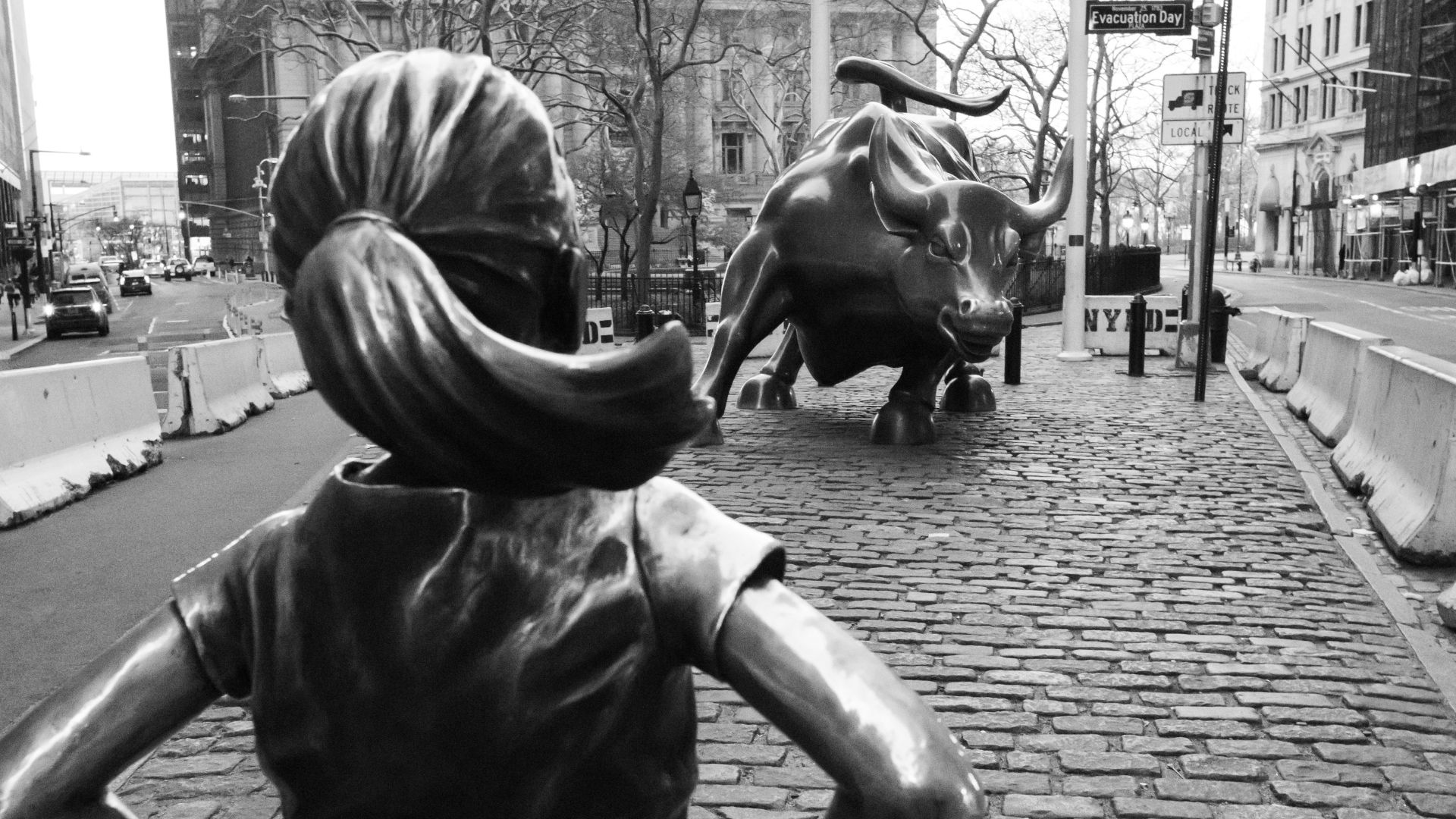This June, millions of people will join together for Pride Month 2021, the nation’s largest LGBTQIA+ celebration. Pride Month has traditionally been a time for parades and other events held in support of the LGBTQIA+ community and in commemoration of the Stonewall Riots. This uprising became a tipping point for the emerging gay rights movement as organizations such as the Gay Liberation Front and the Gay Activities Alliance were formed to fight for equality and hold policymakers accountable. A year after the Stonewall Riots, the nation’s first Gay Pride marches were held and since then, the month of June has become a monthlong celebration that includes parades, events and concerts for the community to come together and celebrate how far we’ve come.

Like many events of 2020, COVID affected last year’s celebrations. Large gatherings came to a grinding halt, as did the surround sound of media coverage often tied to Pride. Organizations and brands had to quickly reimagine the virtual version of Pride – melding safety and celebration in ways that would continue to honor and lift up the LGBTQIA+ community.
But as challenging as the past year was for everyone, it presented unique challenges for the LGBTQIA+ community. COVID placed the community’s most vulnerable at an even greater risk for homelessness and unemployment. According to a study from the Human Rights Campaign (HRC) and PSB Insights, “LGBTQ people in the U.S. were more likely than the general population to have experienced a cut in work hours due to the pandemic. And, more than half (54%) of transgender and transgender people of color (58%) lost work hours, while 19% of transgender people and 26% of transgender people of color became unemployed.”
The pandemic also forced many LGBTQIA+ youth to return home to families who did not accept their sexual orientation and/or gender identity and it impacted their health and well-being. Many young people lost access to friends, peers and supportive adults because of school closures and the fact that more than 250 community centers have had to stay closed or go virtual during the pandemic. According to The Trevor Project’s third annual National Survey on LGBTQ Youth Mental Health, “42% of youth (ages 13-24), including more than half of transgender and nonbinary youth, seriously considered attempting suicide in the past year. Yet, nearly half could not access the mental health care they desired.” And “only 1 in 3 youth found their home to be LGBTQ-affirming.”
The shift in the media’s attention to pandemic-related issues and lack of positive coverage often associated with Pride month created a major void and absence of LGBTQIA+ voices in the news cycle over the last year. Instead, policymakers with anti-LGBTQIA+ agendas have had a greater share of voice, fueled by legislation that targets this community’s rights. In fact, according to the HRC , in the first five months of 2021, more than 250 anti-LGBTQIA+ bills have been introduced in state legislatures across the country, a record high number.
Pride 2021 comes on the heels of the one-year memorial of George Floyd’s murder by police and the social justice movement his death brought back into sharp focus. As such, consumers and members of the LGBTQIA+ community will be expecting more from brands who engage in Pride more than ever before. It will be critical for brands to take an intersectional approach to marketing and communicating with the LGBTQIA+ community whose members have multiple dimensions of diversity.
So, while the celebrations this year still won’t look and feel the same as they did pre-COVID, brands will need to go beyond the traditional rainbow of tactics to make a material impact on this community if they are to stand a chance of meaningfully breaking through. Interestingly, a recent study by P&G and GLAAD showed that marketing and ad executives are more concerned about the risks of inauthentic representation and response from the LGBTQ community than with a public backlash for including LGBTQ people.
As brands continue to plan and evolve their marketing and communications efforts in support of the LGBTQIA+ community in this new era of Pride, consider these key areas to address:
- We’re Celebrating Pride in a Hybrid World
Although the U.S. has reached a milestone of 60 percent of American adults having received at least one dose of the coronavirus vaccine and many people beginning to attend in-person events, many others will continue to celebrate virtually. Brands looking to activate during Pride month need to be intentional and authentic in how they show up for consumers both online and off. Teaming up with organizations that support and empower the LGBTQIA+ community can create a bridge to show up authentically while also giving a positive boost to amplify visibility and reach. There are many organizations to choose from, including GLSEN, GLAAD and the HRC, to name a few. At Ketchum, many of our clients have partnered with these organizations to authentically engage this community, and we can help identify the right opportunities and partners.
- Think Beyond the Pride Parade
A recent survey by YPulse showed “Gen Z and Millennials believe more than ever that brands have a responsibility to be involved in making the world a better place.” On the industry side, a study by P&G and GLAAD shows that marketing and advertising executives are aligned on the social impact of responsible and authentic LGBTQ representation — 61% of advertisers and 60% of agencies strongly agree that companies that feature LGBTQ people and scenarios in advertising are “helping consumers understand and respect LGBTQ people.”
That said, focus on the real issues impacting the LGBTQIA+ community on an individual and on a societal level — discrimination, violence and bullying, rejection, unequal access to healthcare, mental health, parenting, employment and housing discrimination. Consider if these issues present a new path to authentically engage with this community in a way that is unique to your brand/organization. Aligning with issues affecting, and important to, the community will create opportunities to engage with the LGBTQIA+ community not only during Pride Month, but year-round.
One great example of this approach is when Mastercard recognized the challenges and discrimination that transgender, non-binary and gender non-confirming people face when the name on their card doesn’t match their true identity. The response was the “True Name” initiative, which empowers members of the LGBTQIA+ community, particularly transgender and non-binary people, to put their self-identified chosen name — rather than their legal birth name — on credit and banking cards.
- Make Sure You Stand up and Stand out
The goodwill a company can earn from a major, thoughtfully planned action or commitment supporting the LGBTQIA+ community during Pride Month can quickly erode if this doesn’t align with its other corporate endeavors. Before making a quick decision to have your brand come out against a piece of legislation that discriminates against the LGBTQIA+ community, for example, do your homework and make sure you know what your company has already done in this space. Work internally to ensure all parties — marketing, communications, DE&I and government/public affairs are working together to authentically support the community beyond a single gesture.
- Focus Internally as Much as Externally
Corporate Leaders need to ensure their company is demonstrating its commitment to their LGBTQIA+ workforce where many individuals still face barriers to entry and advancement. In addition to sponsoring virtual events this year, it’s important to create meaningful engagement and communications to help employees feel supported wherever and whoever they are. Create new and innovative ways to celebrate Pride and promote diversity, equality and acceptance. For multinational organizations, it’s important to understand that celebrating Pride means different things in different countries. As a global agency, Ketchum can help companies navigate the nuances and develop appropriate programming.
This Pride month, brands and organizations have an opportunity to be heroes for the LGBTQIA+ community by making commitments that extend year-round. Ketchum’s DE&I specialists are here to help — reach out.



